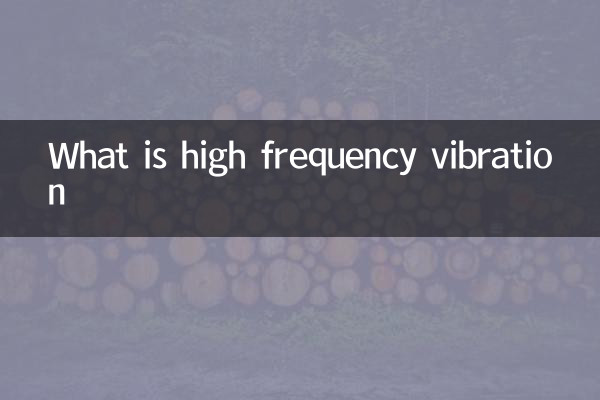What is high frequency vibration
High-frequency vibration refers to the physical phenomenon in which an object completes multiple reciprocating motions within a unit time, usually with a frequency higher than 1kHz. This type of vibration is widely used in the fields of industry, medical care, electronics, etc. Recently, many technologies are related to high-frequency vibration among the popular topics across the network. The following is the compilation and analysis of hot content in the past 10 days (as of October 2023).
1. The core characteristics of high-frequency vibration

The main features of high frequency vibration include:
| characteristic | illustrate |
|---|---|
| Frequency range | Usually ≥1kHz, up to MHz level |
| Energy transfer | Short-term high energy output |
| Application areas | Precision processing, ultrasonic medical care, sensors, etc. |
2. Popular high-frequency vibration applications recently
| Hot areas | Specific cases | Popularity index |
|---|---|---|
| Semiconductor manufacturing | High frequency vibration wafer cutting technology | ★★★★☆ |
| Medical beauty | Ultrasound knife anti-aging treatment | ★★★★★ |
| New energy | High frequency vibration detection of power battery | ★★★☆☆ |
3. Physical principles of high-frequency vibration
The generation mechanism can be expressed by the following formula:
| Vibration equation | F = -kx - cv |
| Frequency formula | f = (1/2π)√(k/m) |
where k is the stiffness coefficient, c is the damping coefficient, and m is the mass.
4. Technological breakthroughs and disputes
Two recent technologies that have sparked discussion:
| Technical name | Advantages | Controversy point |
|---|---|---|
| Quantum-level high-frequency vibration | Accuracy up to atomic level | Excessive energy consumption |
| Biocompatible vibration materials | Can be implanted into the human body | Long-term safety unknown |
5. Future development trends
According to the industry white paper forecast:
| Time node | Key technologies | Market size (estimated) |
|---|---|---|
| 2025 | Intelligent frequency conversion vibration system | $12 billion |
| 2030 | Biological nerve vibration regulation | $30 billion |
High-frequency vibration technology is breaking through the boundaries of traditional applications, and its development will profoundly affect the fields of high-end manufacturing and life sciences. It should be noted that problems such as material fatigue and energy loss in high-frequency environments are still the focus of current research.

check the details

check the details